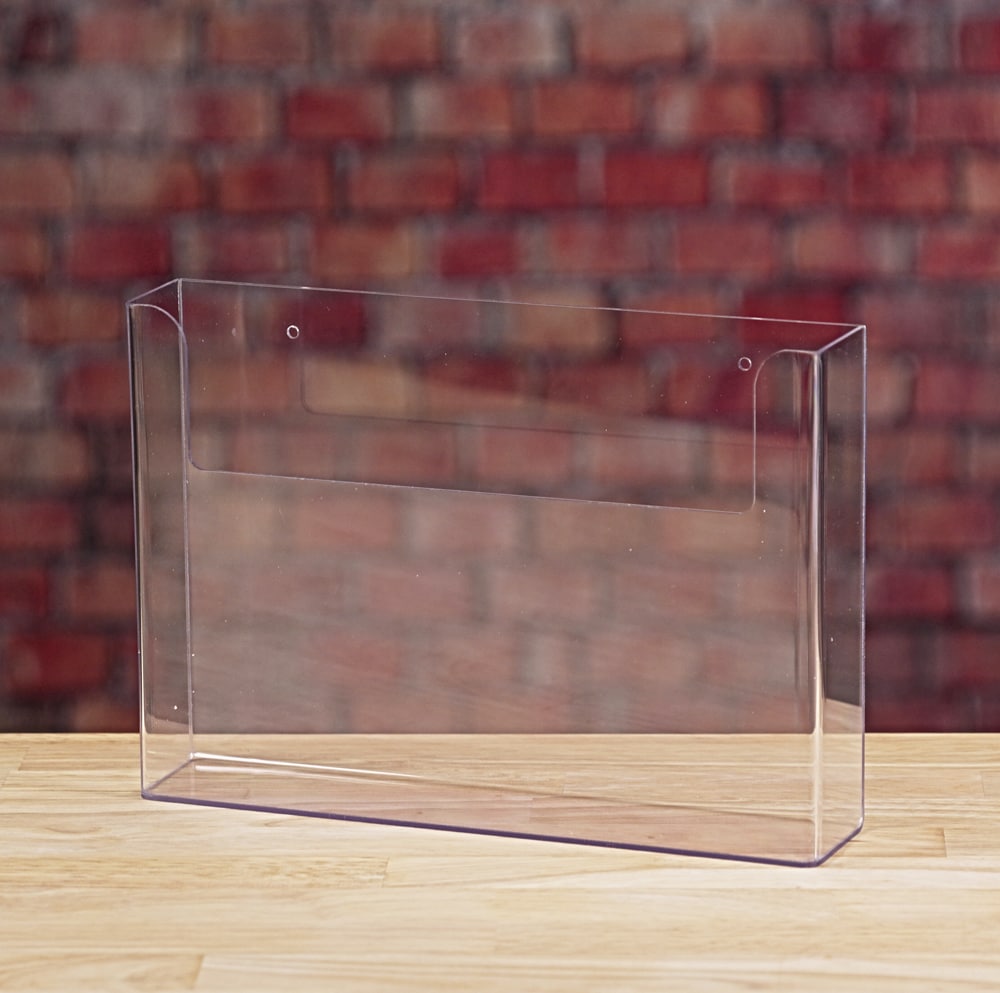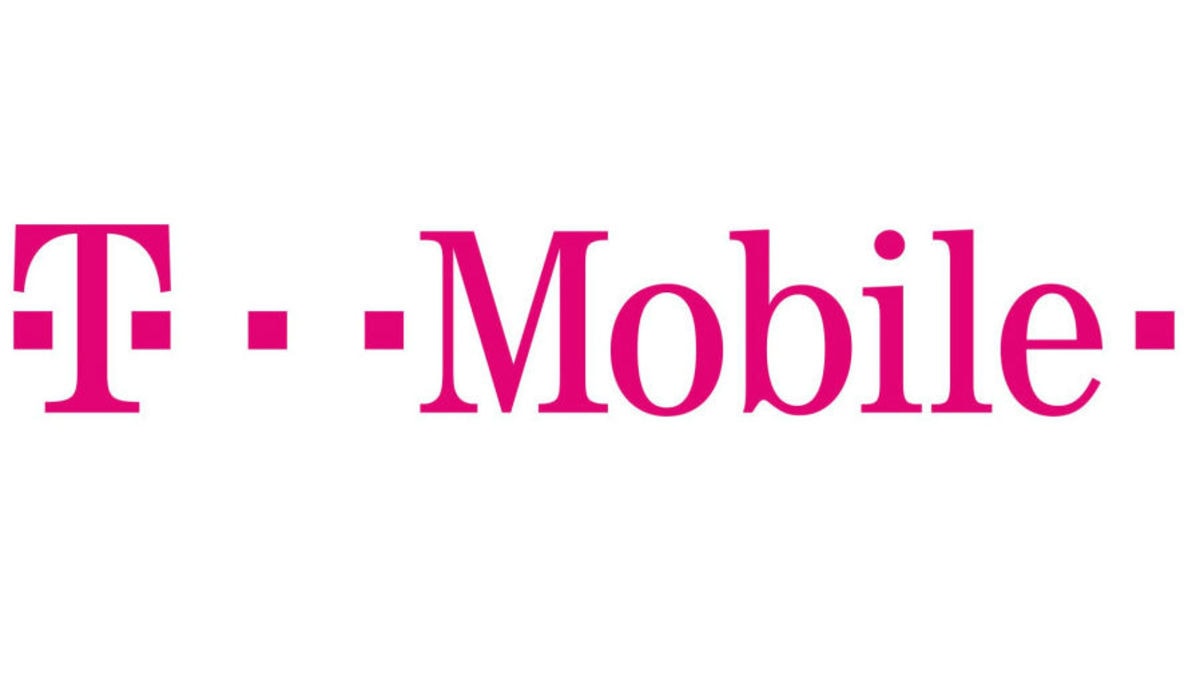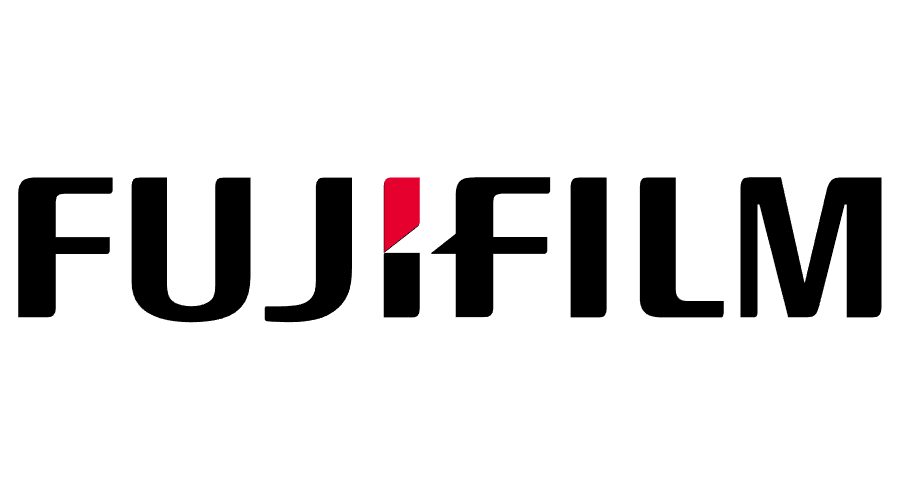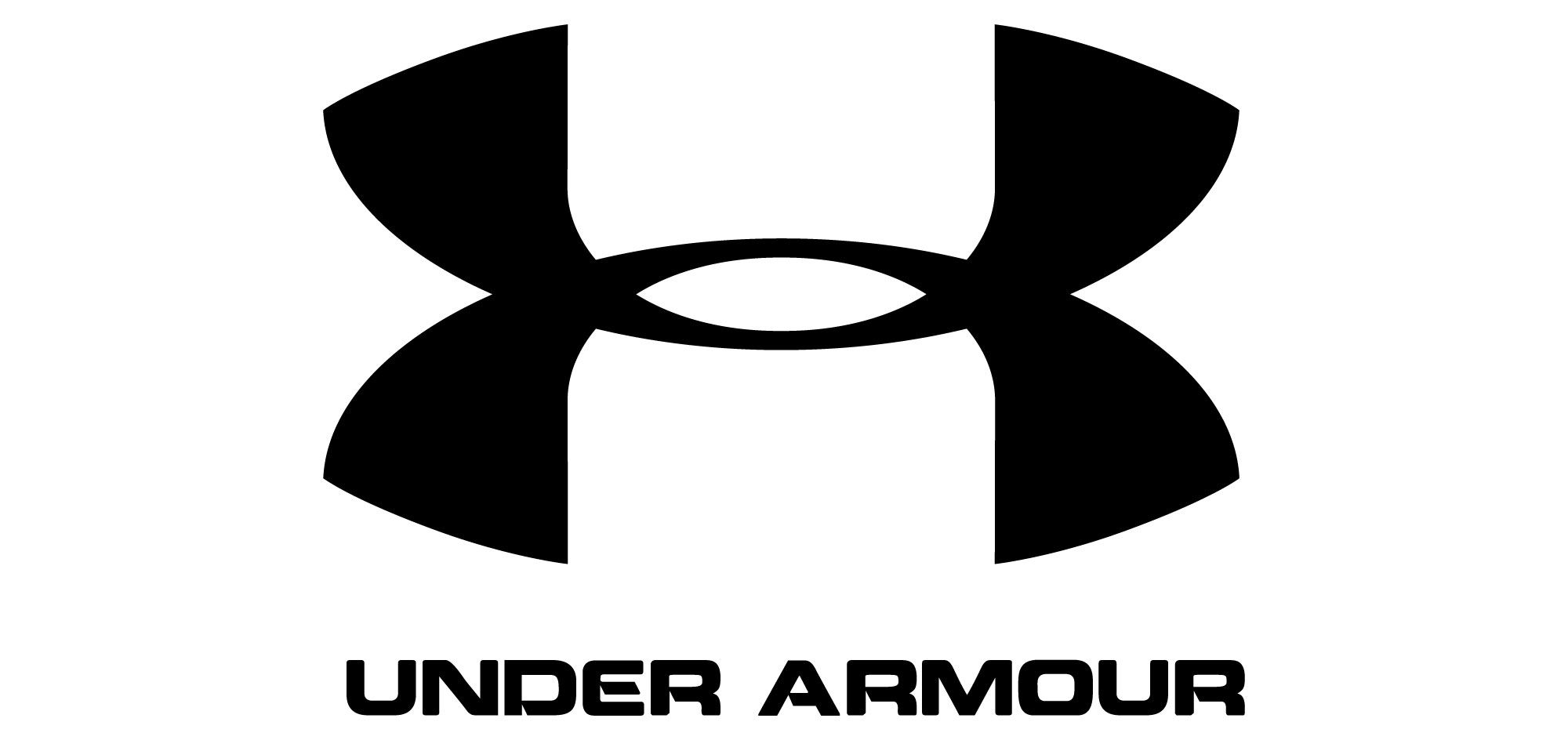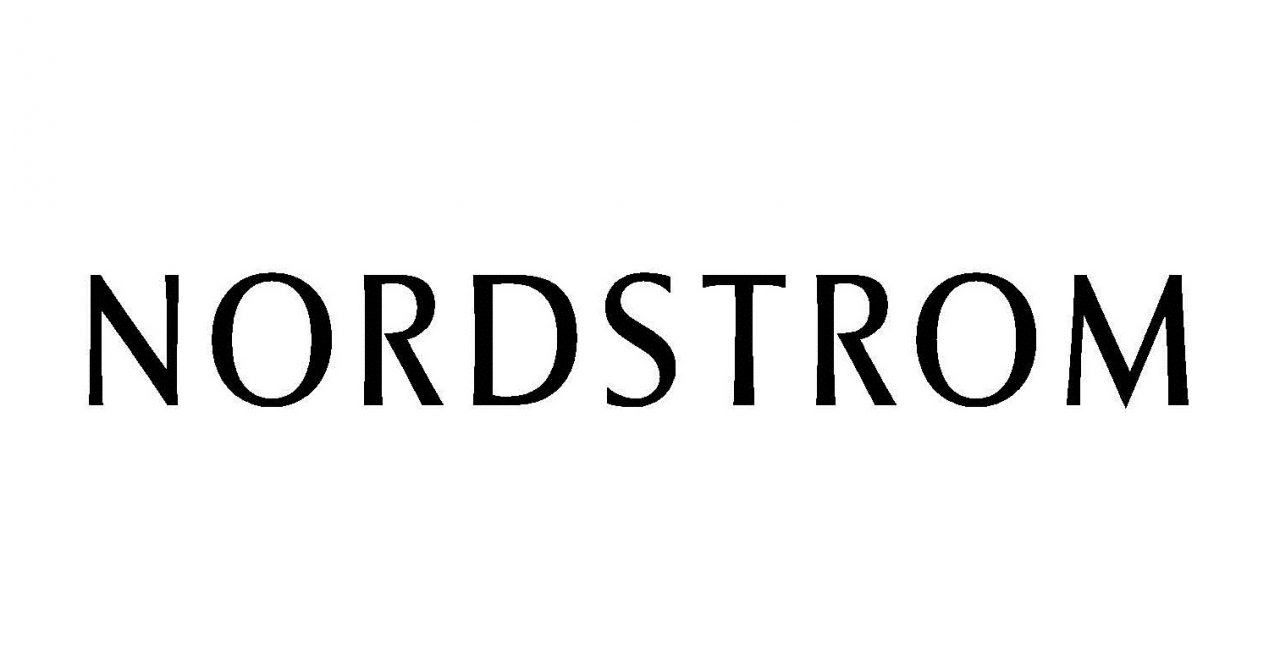Key Takeaways
- Acrylic signs are versatile. They offer a high-quality, glass-like aesthetic. This makes them ideal for applications such as office branding and retail displays.
- Acrylic is favored for its durability, UV resistance, and shatter-resistant properties. This makes it suitable for indoor and outdoor use.
- Various printing methods, such as UV, digital, and sublimation, are used on acrylic. This achieves vibrant colors, detailed graphics, and durability.
- Proper preparation of acrylic sheets is crucial. This includes cleaning and maybe priming. It is needed for good ink adhesion and print quality.
- Clear images need high resolution and the right file formats. This is especially important for large prints. The choice of acrylic thickness and finish affects the final appearance.
Acrylic signs are a popular choice in various industries. This is due to their durability and clear, glass-like aesthetics. Custom printed acrylic signs are ideal for offices and boutique displays on acrylic sign holders.
Factors to consider in the printing process include:
- Design Considerations
- Properties Of Acrylic Sheets
- Size And Thickness
- Glossy vs. Smooth Surfaces
This guide further discusses the printing process for acrylic signs. It offers insights into the various techniques and technologies used to create these stunning visuals.
Types Of Acrylic Signs
- Custom Acrylic Signs: Custom printed acrylic signs are specifically tailored to meet the branding or aesthetic needs of businesses or personal spaces. They can be designed in any shape and size and are often used for logo displays, directional signage, and informational postings within corporate environments.
- Frosted Acrylic Signs: Frosted acrylic signs offer a more subtle and sophisticated appearance. The frosted look is achieved by sandblasting or applying a frosted finish to the acrylic surface, providing a matte look that enhances privacy while still allowing for legibility of text and design.
- Acrylic Business Signs: Acrylic signs are integral to business use. They serve as impactful tools for attracting and informing customers. They are often employed in retail stores, restaurants, and bars to direct customers. They are also used to display menus or advertise promotions on matching brochure holders due to their vibrant color execution and customizability.
Benefits Of Acrylic Signs
For businesses looking for a reliable solution, acrylic sign holders offer a perfect blend of style and functionality. This makes them ideal for indoor and outdoor applications.
- Durability: Acrylic is known for its strength and lasting quality. It resists weather and UV light, making it a safe choice for high-traffic areas like brochure holders. Its toughness suits indoor and outdoor use, keeping signs looking fresh without fading.
- Vibrant Colors and Design Options: Acrylic supports bright prints, making it great for colorful designs. Using UV curing, acrylic signs can achieve stunning color and precision. The UV-resistant inks prevent fading, keeping the signs bright and clear long-term.
Printing Techniques For Acrylic Signs
Preparation For Printing
Before printing on acrylic signs, the preparation of the acrylic sheets is crucial to ensure the quality of the final product. The process typically involves thorough cleaning to remove any dust, debris, or fingerprints from the surface. This can be done using a lint-free cloth and a mild soap solution or a specialized cleaning agent designed for acrylic. After cleaning, the acrylic sheets may be treated with a special primer or adhesion promoter to ensure that the ink adheres well and the print quality is maximized.
Digital Printing Process
Digital printing on acrylic involves direct printing onto the surface of the acrylic sheets using UV inks. This method is highly favored for its ability to produce vibrant colors and detailed graphics with excellent durability. The UV inks used in digital printing are cured under UV light, which ensures that the print is resistant to fading and weather elements, making it suitable for both indoor and outdoor use. This process is ideal for creating high-resolution images on flat acrylic surfaces.
Screen Printing
Screen printing on acrylic is suitable for designs that require vibrant colors and high ink coverage. This traditional method involves creating a stencil of the design on a fine mesh screen, and then using a squeegee to press ink through the mesh onto the acrylic substrate. Screen printing is especially effective for smaller batches or larger designs where color vibrancy and opacity are critical. However, it is generally not suited for highly detailed images or photographs due to the limitations of the screen mesh.
Sublimation Printing
Sublimation printing is a technique used for applying detailed, vibrant imagery onto acrylic. It is typically used for photographic displays or high-quality art reproductions. In this process, a special dye-sublimation ink is first printed onto transfer paper. It is then transferred to the acrylic surface under high heat and pressure. The heat converts the solid dye particles directly into gas. This bonds to the acrylic surface, resulting in crisp, permanent coloration. It penetrates the surface for added durability.
UV Printing Process
UV printing on acrylic uses UV-curable inks. They are dried using ultraviolet light right after being printed on the acrylic. This technique allows for making high-quality prints. They are durable and resist fading, scratching, and weather. UV printing is versatile. It can handle varying acrylic thicknesses and make transparent and opaque signs. The fast curing process reduces smudging and spreading. This makes it a reliable choice for high-detail and multi-color designs.
Factors To Consider In Printing Acrylic Signs
Design Considerations
When creating designs for custom printed acrylic signs, the clarity of the image is paramount. High-resolution images are crucial to prevent pixelation, especially on large prints where fine details are more noticeable. It's important to ensure that images are at least 300 dpi for quality printing. Choosing the right file formats is also essential; vector formats like AI or SVG are preferred for their scalability without loss of quality. Additionally, incorporating contrasting colors and bold lines can enhance the visual impact and legibility of the signs.
Acrylic Material
Properties Of Acrylic Sheets
Acrylic sheets are favored for their lightweight nature, resistance to shattering, and optical clarity. These properties make acrylic an excellent choice for a wide range of applications, from retail signage to protective barriers. The material's durability ensures that it can withstand various environmental factors, making it suitable for both indoor and outdoor use.
Size And Thickness Of Acrylic Sheets
The size and thickness of acrylic sheets significantly influence the printing process and the final appearance of the signs. Thicker acrylic sheets are more durable and suitable for freestanding signs or where higher impact resistance is needed. However, they require more powerful equipment to print and shape.
Thinner sheets are easier to handle and are ideal for wall-mounted signs or where flexibility and light transmission are desired. The thickness of the sheet can affect the depth of the colors and the overall aesthetic of the print.
Glossy vs. Smooth Surfaces
The choice between glossy and smooth surfaces impacts both the appearance and the application of acrylic signs. Glossy finishes provide a high-shine look that enhances color depth and vibrancy, making them suitable for vibrant displays and artwork. In contrast, smooth or matte finishes reduce glare and are ideal in brightly lit environments or where a more subtle aesthetic is preferred. The finish can affect the visibility of fingerprints and smudges, thereby influencing the maintenance needs of the signage.
Frequently Asked Questions
Why are acrylic signs popular?
They're durable, weather-resistant, and come in a variety of colors and styles. They can be clear or frosted for a more subtle look.
What are the different printing methods used on acrylic?
Common methods include UV, digital, and sublimation printing. Each offers vibrant colors and detailed graphics.
How is an acrylic sheet prepared for printing?
It's thoroughly cleaned to remove dust and debris. Sometimes a special primer is applied to make the ink stick better.
What are the benefits of UV printing for acrylic signs?
UV printing creates high-quality, durable prints resistant to fading, scratching, and weather. It's also fast and works on various acrylic thicknesses.
What factors should I consider when designing for acrylic signs?
Use high-resolution images (at least 300 dpi) and choose vector file formats (AI or SVG) for scalability. Bold colors and lines enhance visibility.
What's the difference between glossy and smooth acrylic finishes?
Glossy finishes are shiny and enhance color, while smooth finishes reduce glare and are better for bright areas. Glossy surfaces show fingerprints more easily.
Customize Your Acrylic Signage With Displays & Holders
Understanding the various aspects of printing on acrylic signs is crucial for anyone looking to create effective and durable signage. By considering the detailed insights provided on design, material properties, and printing techniques, businesses and designers can make informed decisions that maximize the impact and longevity of their custom printed acrylic signs. With Displays & Holders’ expertise in the art of acrylic sign printing, your signs will not only look spectacular but also stand the test of time.
Ready to elevate your space with custom acrylic signage? Contact Displays & Holders today to bring your vision to life with precision and quality, or visit our website for more information and to explore our wide range of customizable signage options!

